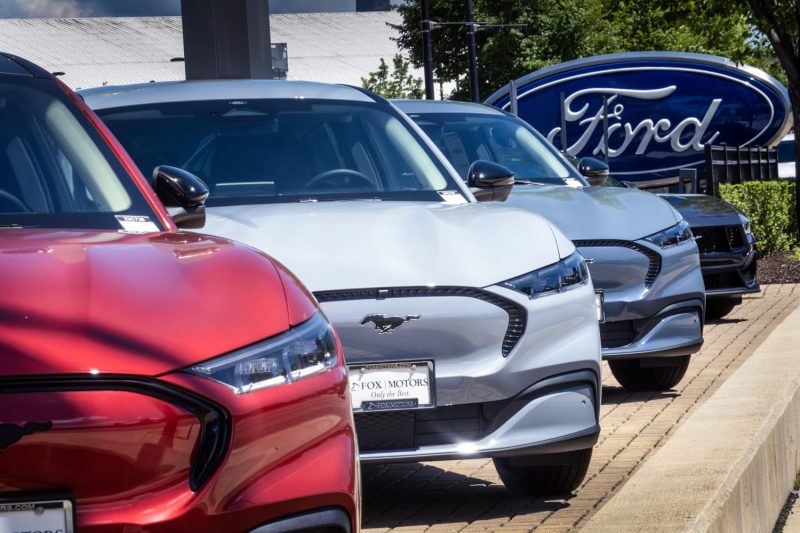Ford Motor Company, one of the oldest automobile manufacturers globally, has recently made a significant pivot in its strategy towards electric vehicles (EVs). This change is reflected in their commitment of $1.9 billion to revamp their production facilities in order to focus more on the development and manufacturing of electric vehicles. The decision is driven by a combination of factors such as evolving consumer preferences, regulatory requirements, technological advancements, and market trends.
One of the key reasons why Ford believes this shift in their strategy is necessary is the changing landscape of the automotive industry. With increasing concern over climate change and environmental sustainability, there is a global trend towards reducing carbon emissions. This shift is pushing automakers to invest more in EV technology to meet stricter environmental regulations and customer demands for eco-friendly vehicles. By investing in EV production, Ford aims to align itself with these changing market dynamics and secure a competitive edge in the industry.
Moreover, Ford’s decision is also influenced by the rapid advancements in EV technology. As battery technology improves and becomes more affordable, the costs associated with EV manufacturing are decreasing. This presents an opportunity for automakers like Ford to invest in EV production at a lower cost and offer competitive pricing for electric vehicles. Additionally, the performance capabilities of EVs are also improving, with longer driving ranges and faster charging times, making them more appealing to a wider range of customers.
Furthermore, Ford’s shift towards EVs is driven by the need to stay ahead in terms of innovation and technology. As the automotive industry moves towards electrification and autonomous driving, companies that fail to adapt risk being left behind. By investing in EV technology, Ford aims to position itself as a leader in sustainable mobility solutions and differentiate itself from competitors. This strategic move not only reflects Ford’s commitment to innovation but also its focus on meeting the evolving needs of consumers in an increasingly digital and environmentally conscious world.
In conclusion, Ford’s $1.9 billion shift in its EV strategy represents a crucial step towards adapting to changing market dynamics, technological advancements, and consumer preferences. By focusing more on electric vehicles, Ford aims to address environmental concerns, leverage advancements in EV technology, and stay ahead in terms of innovation. This strategic pivot underscores Ford’s commitment to sustainability, innovation, and meeting the evolving demands of the automotive industry.


































